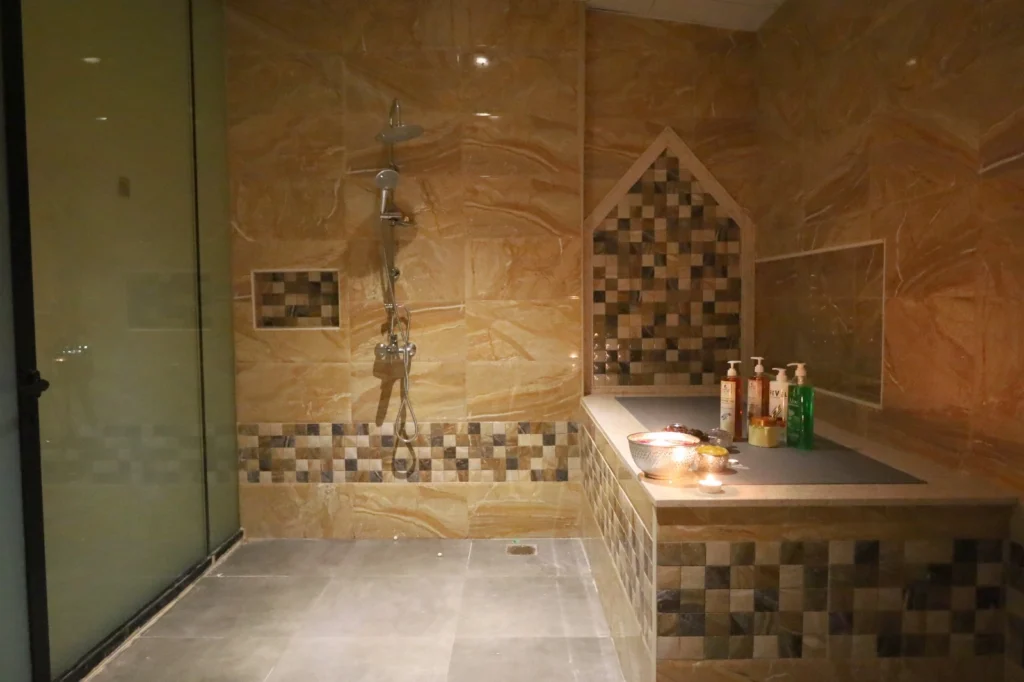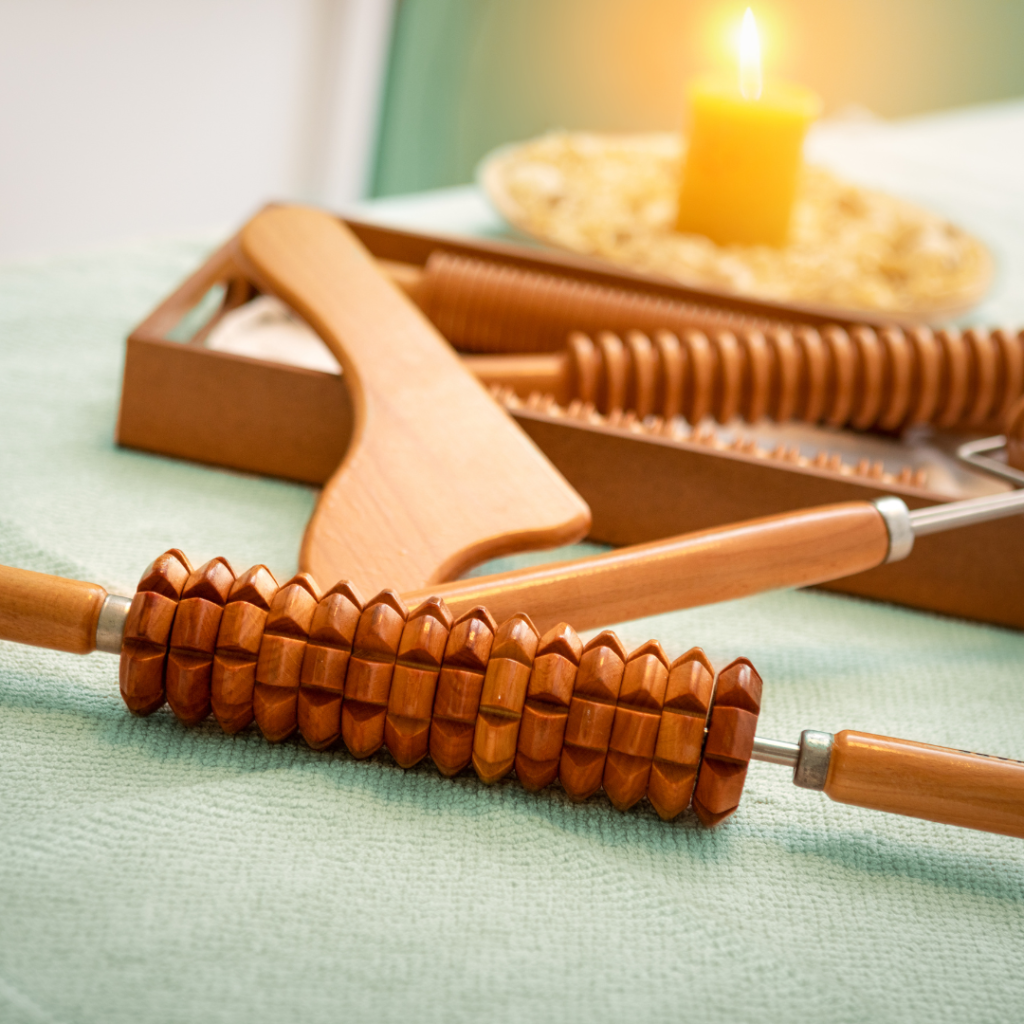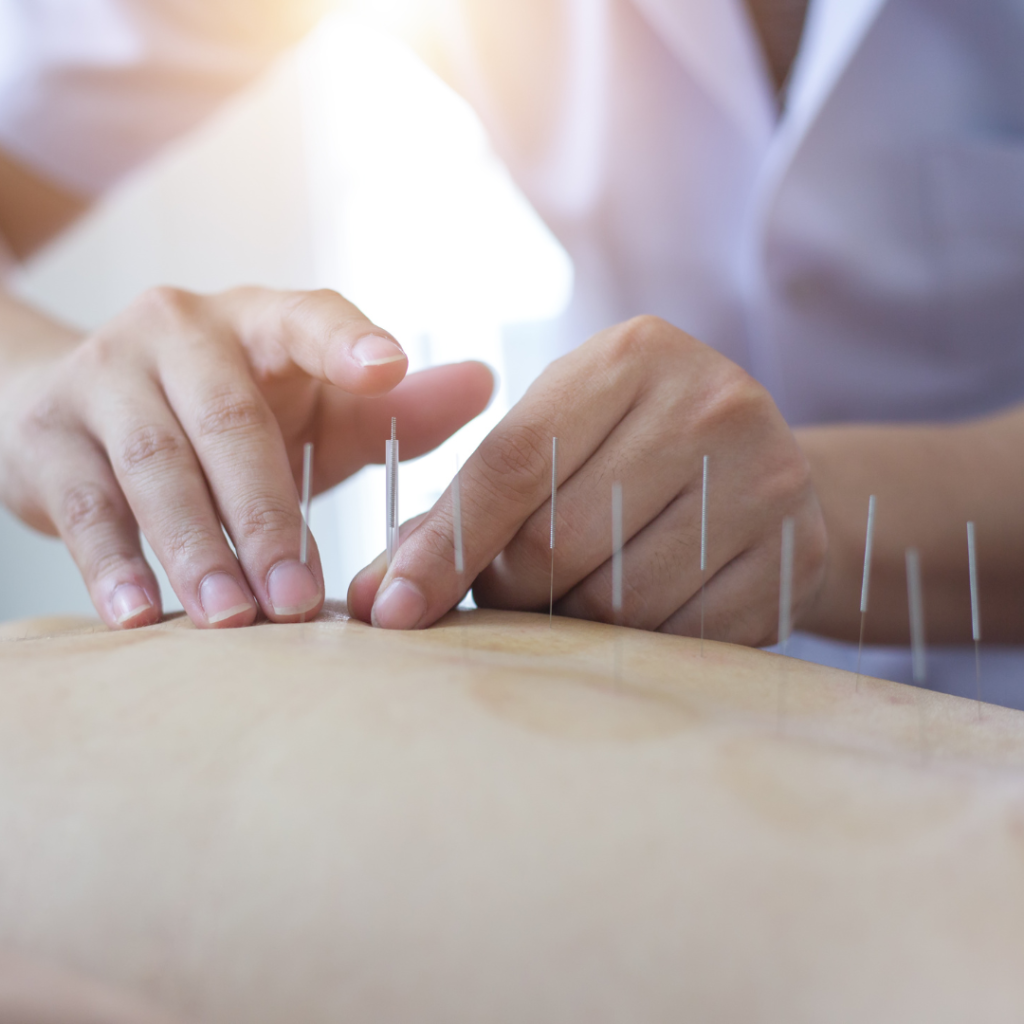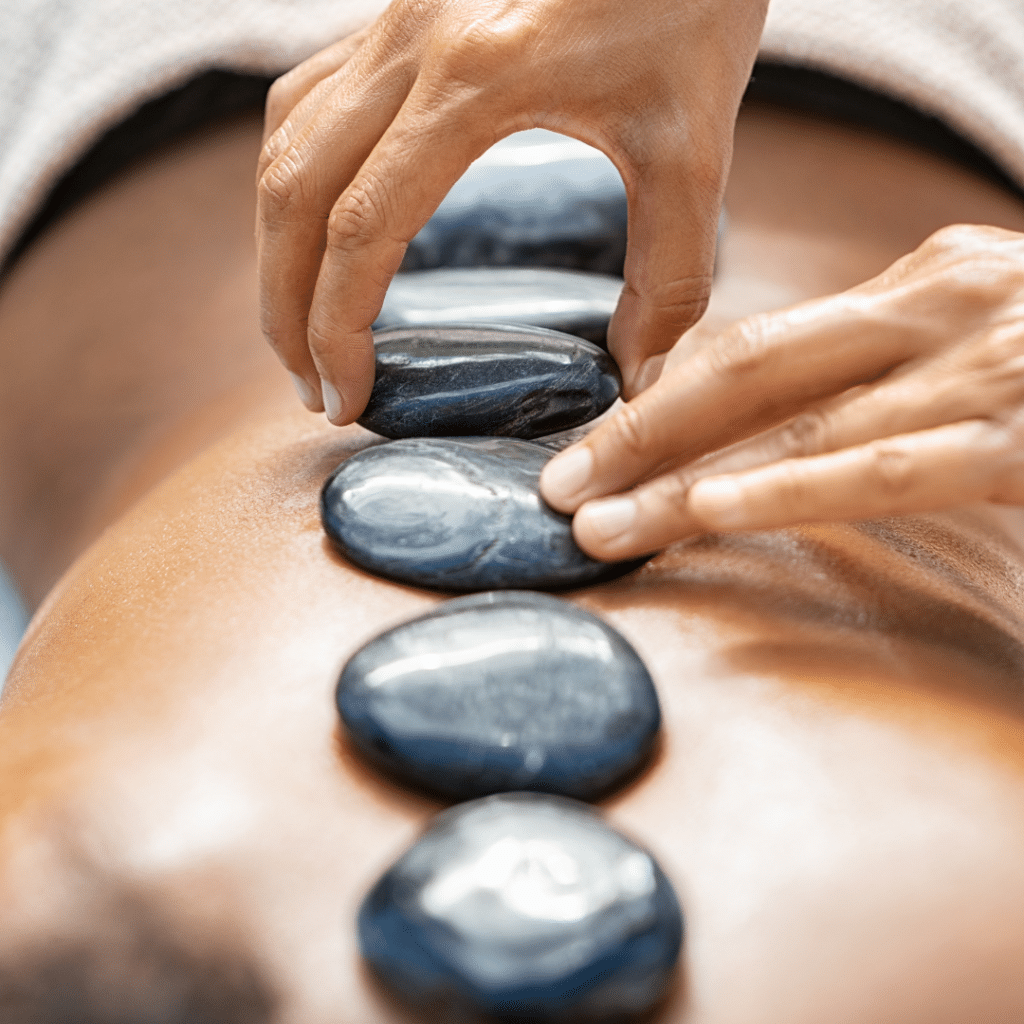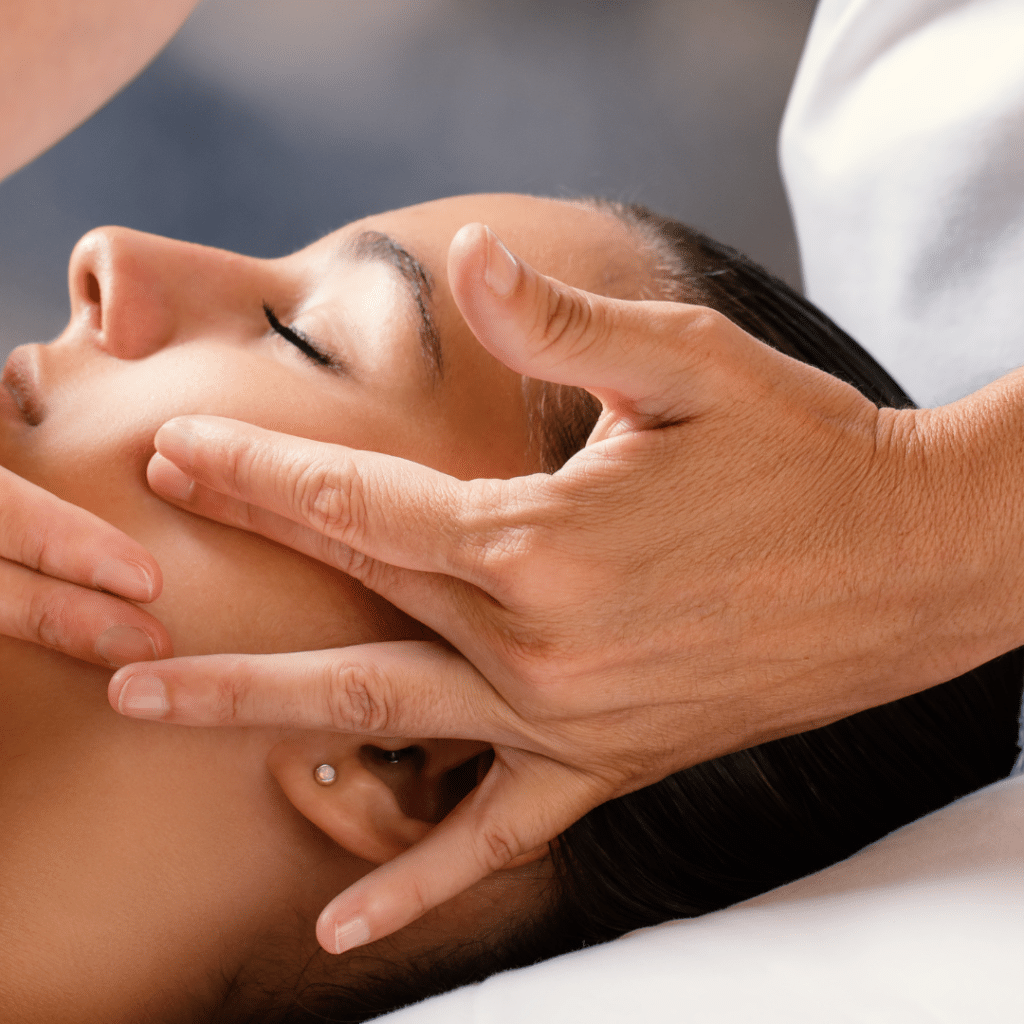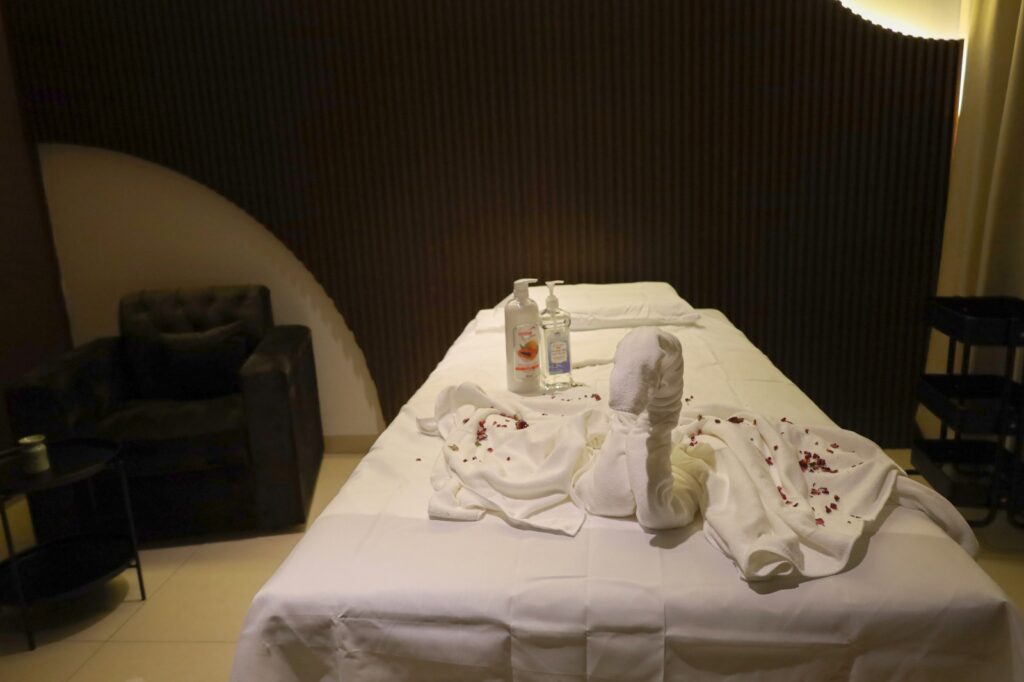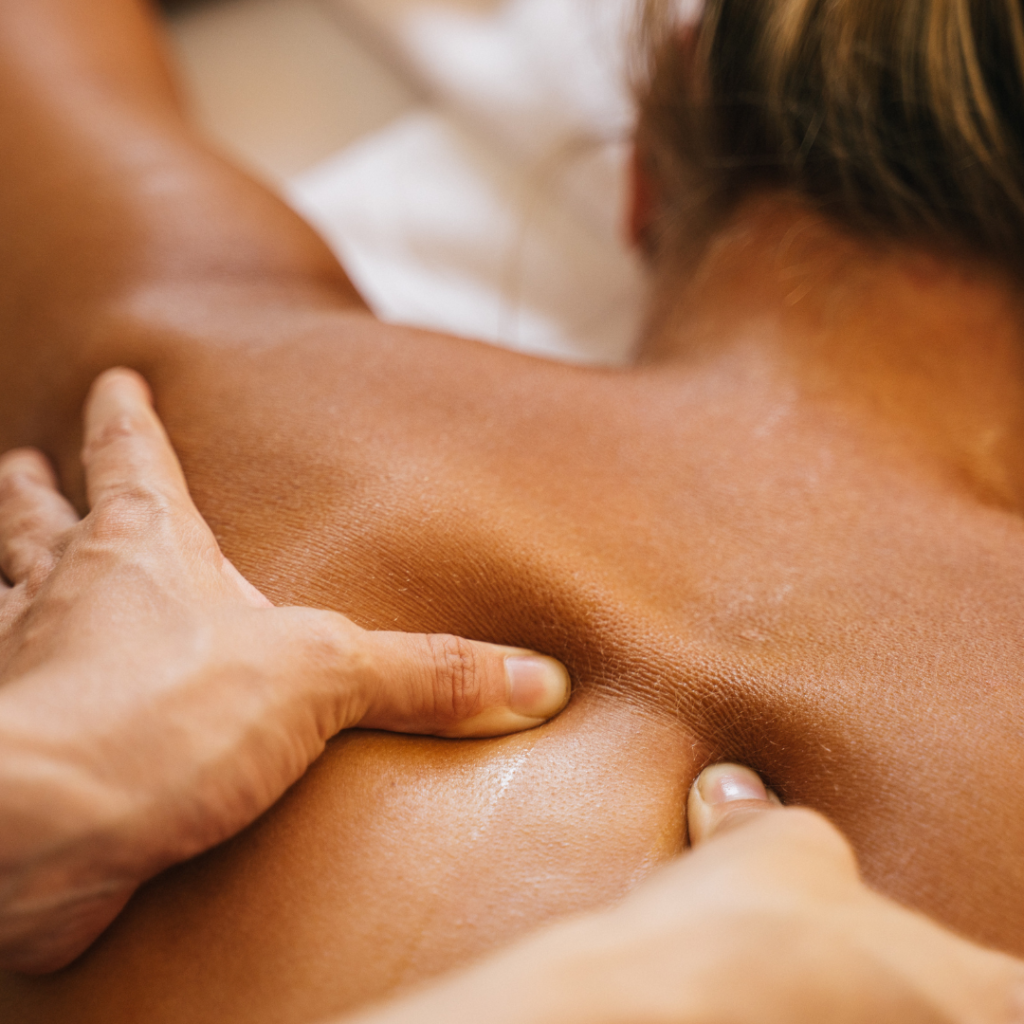Table of Contents
The Moroccan Bath: A Timeless Ritual for Body and Soul
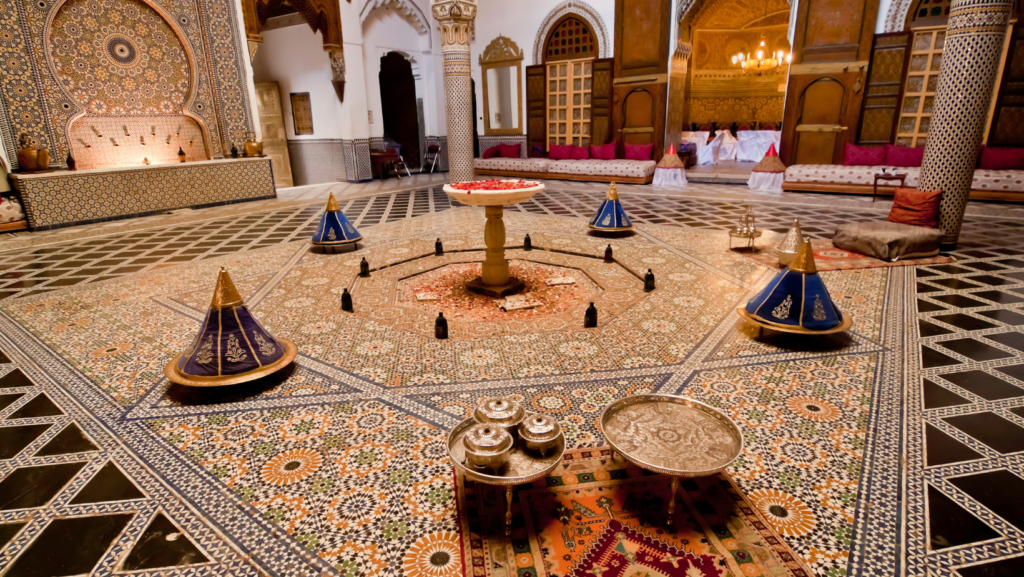
Embark on a journey to pamper your body and soul with the opulence of the Moroccan Bath, an ancient tradition that continues to captivate spa enthusiasts worldwide. Originating from the hammams of Morocco, this indulgent ritual offers a holistic approach to cleansing, exfoliating, and revitalizing the skin, leaving you feeling refreshed and rejuvenated.
Understanding the Moroccan Bath Experience
Immerse yourself in the enchanting ambiance of the Moroccan Bath as you delve into the intricate details of this time-honored practice. From the soothing warmth of the steam room to the invigorating sensation of the traditional black soap scrub, each step of the Moroccan Bath is designed to promote relaxation and rejuvenation.
The Origins of the Moroccan Bath: A Glimpse into History
Explore the rich cultural heritage behind the Moroccan Bath, which traces its roots back to ancient times. Originally practiced in communal bathhouses known as hammams, this ritual served as a social gathering where individuals came together to cleanse their bodies and nourish their spirits.
Unlocking the Benefits of the Moroccan Bath
Indulge in the myriad benefits of the Moroccan Bath, which extend far beyond mere physical cleansing. From detoxifying the skin and improving circulation to relieving stress and promoting mental clarity, this luxurious ritual offers a holistic approach to wellness that encompasses mind, body, and soul.
Creating Your Own Moroccan Bath Experience at Home
Transform your bathroom into a sanctuary of serenity with our expert tips for recreating the Moroccan Bath experience at home. From selecting the perfect essential oils to mastering the art of exfoliation, discover how you can enjoy the lavishness of this ancient ritual from the comfort of your own space.
Exploring Moroccan Bath Products and Accessories
Enhance your Moroccan Bath experience with an array of exquisite products and accessories specially crafted to elevate your pampering routine. From fragrant argan oil and traditional kessa gloves to luxurious clay masks and aromatic candles, immerse yourself in a world of indulgence and luxury.
Tips for Maximizing the Benefits of the Moroccan Bath
Unleash the full potential of the Moroccan Bath with our insider tips for maximizing its therapeutic benefits. Whether you’re looking to improve skin tone, boost circulation, or simply unwind after a long day, these expert recommendations will help you make the most of your spa experience.
Common Misconceptions About the Moroccan Bath
Dispelling myths and misconceptions surrounding the Moroccan Bath, we delve into the truth behind this ancient ritual. From its purported effects on skin health to its cultural significance, learn the facts about the Moroccan Bath and why it continues to captivate enthusiasts around the globe.
Conclusion: Embrace the Elegance of the Moroccan Bath
Immerse yourself in the luxury and opulence of the Moroccan Bath, a timeless ritual that continues to captivate spa enthusiasts around the world. With its rich cultural heritage, myriad benefits, and indulgent experience, the Moroccan Bath offers a sanctuary of serenity where you can nourish your body, mind, and soul.
Is the Moroccan Bath suitable for all skin types?
While the Moroccan Bath is generally safe for most skin types, individuals with sensitive skin may want to patch-test products beforehand to avoid irritation.
How long does a typical Moroccan Bath session last?
A traditional Moroccan Bath session typically lasts anywhere from 60 to 90 minutes, allowing ample time for relaxation and rejuvenation.
Can I combine the Moroccan Bath with other spa treatments?
Certainly! Many spas offer packages that combine the Moroccan Bath with massages, facials, and other treatments for a comprehensive spa experience.
What are the origins of the traditional black soap used in the Moroccan Bath?
Traditional black soap, also known as “beldi soap,” is crafted from a blend of olive oil and eucalyptus and has been used for centuries in Moroccan hammams for its cleansing and purifying properties.
Read More: What to Expect From a Moroccan Bath in Dubai Moroccan Massage

